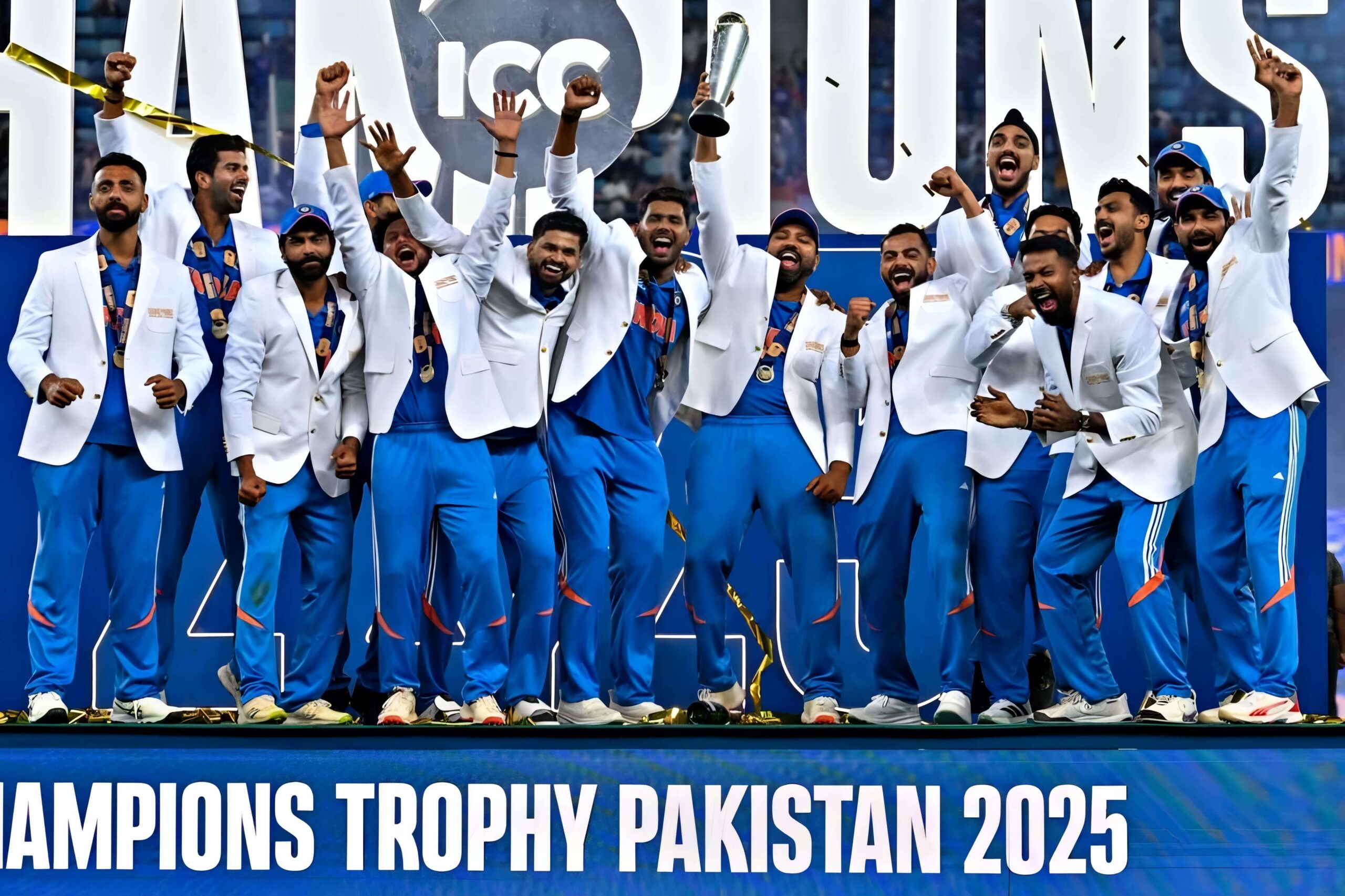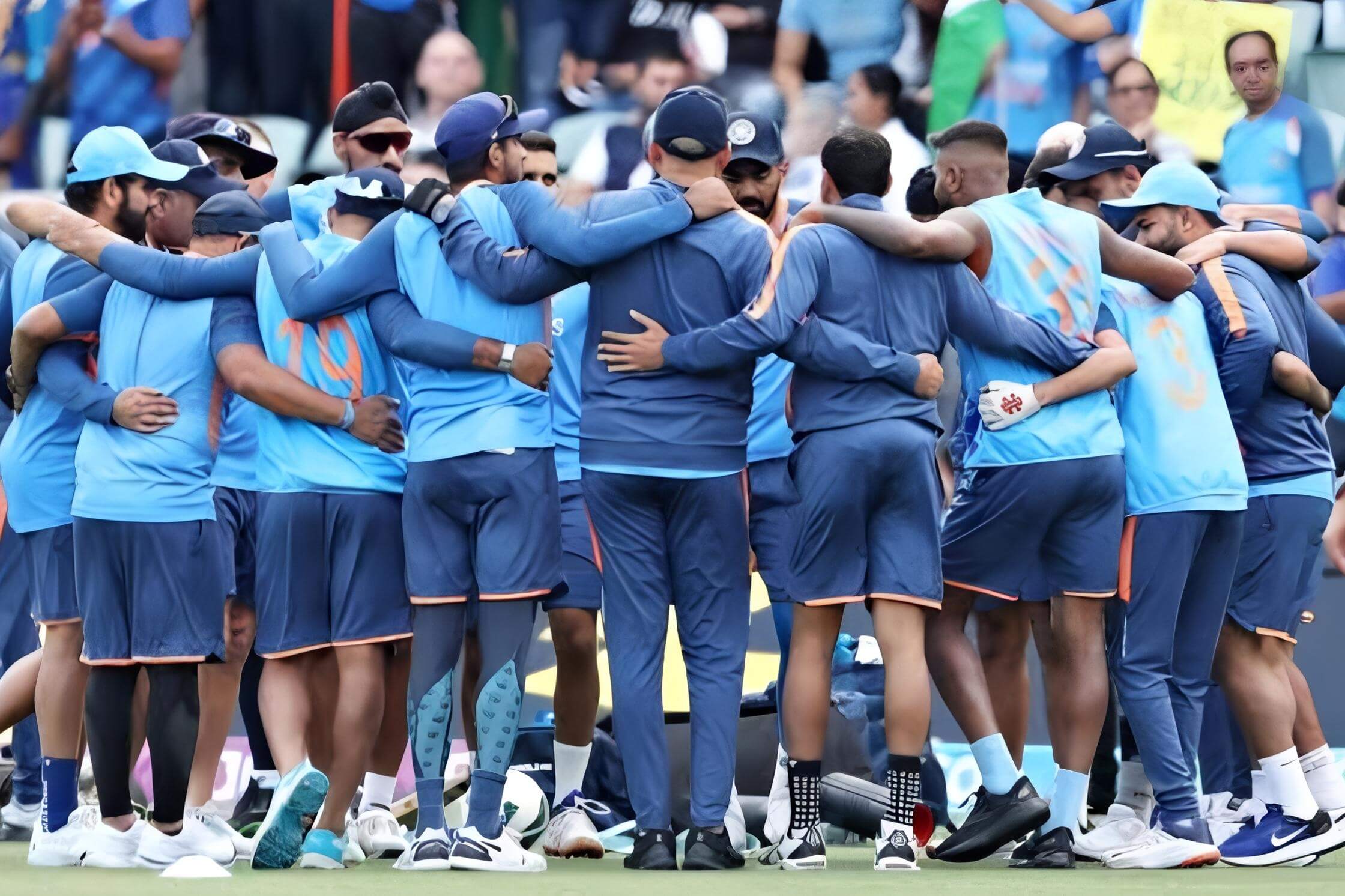Caste and Cricket in India Exploring Identity, Crowd Dynamics, and Social Divides
1. Introduction: When Celebration Turns into Catastrophe
In early 2025, what should have been a moment of collective euphoria for Royal Challengers Bengaluru turned into a national tragedy. The stampede at M. Chinnaswamy Stadium during the victory lap following RCB’s historic IPL title win claimed 11 lives. The horror unfolded in real time, with social media and live updates capturing the growing panic, the failing infrastructure, and the utter helplessness of a crowd spiraling out of control. While official statements attempted to blame “last-minute changes” and “unexpected fan turnout,” the deeper causes remain embedded in larger socio-political and infrastructural failures.
2. Spectacle, Spectators, and State Failure
The Chinnaswamy tragedy didn’t happen in isolation. It joined a long list of mass casualties at Indian temples, railway stations, and pilgrimage sites in 2025, which have collectively claimed over 50 lives so far. This repeating cycle points to a systemic failure in how the state manages large-scale public events. More than mere crowd mismanagement, these tragedies expose how poorly the Indian state handles affective mass mobilization, often prioritizing optics over safety.
3. The “Mind of the Crowd”: Between Passion and Pandemonium
French polymath Gustave Le Bon once noted that in crowds, individuals lose their capacity for reason, replacing it with emotion and instinct. This idea of emotional contagion is pivotal to understanding stampedes. A cricket stadium, particularly in India, becomes a crucible of heightened emotions. The crowd stops being a collection of individuals and instead becomes one reactive organism, where applause can morph into panic in a split second.
4. Pace and Panic: The Role of Speed in Public Disasters
Much like T20 cricket, stampedes operate on a precarious balance of speed and space. A momentary lapse — someone stumbling, a gate not opening in time, a surge of fans scaling fences — can become catastrophic. The Bengaluru stampede illustrated this tragic momentum. Elias Canetti, in his work Crowds and Power, argued that the only sustainable way to manage large public gatherings is through deliberate slowing down — an idea the state routinely ignores in favour of grand spectacle.
5. Urban Dystopia and the Emotional Machinery of Fame
India’s urban centres, especially cities like Bengaluru, have become breeding grounds for what might be termed “affective dystopias” — where public sentiment, fandom, and identity collide. Cricket stars, like film actors and politicians, function as modern deities, creating events that blur the line between devotion and delusion. The victory lap was not just a celebration; it was a carefully choreographed media spectacle, supported by marketing and political capital. The crowd became part of the show, until it didn’t.
6. Carnival, Riot, and the Body Politic
Political theorists and social critics have long compared the affective intensity of carnivals and riots. The stampede, while not violent in intent, bore eerie visual similarities to political uprisings. The visceral image of bodies piled on each other near steel barriers invokes memories of the 2002 Gujarat riots and other communal clashes, where public space and bodily chaos intermingle. The saffronized body and the sporting fan may not be far apart in the theatre of Indian populism.

7. Caste and Cricket: Unequal Fields, Uneven Teams
While cricket is often described as a “gentleman’s game,” it has never been immune to casteist undercurrents. From who gets access to elite coaching centres, to whose failures are forgiven, and whose are scrutinized — caste plays an invisible yet omnipresent role. While players like Rahul Dravid became icons of humility and resilience, their privilege as upper-caste individuals often went unquestioned. The game has long been a site of Savarna dominance, from team selections to commentary panels.
8. Personal Anecdotes and Casteed Dreams
Many of us who grew up in the 90s harboured dreams of donning the Indian jersey. For privileged kids, this journey often began with access — to equipment, coaching, and time. The path from gully cricket to Ranji Trophy remained systematically skewed in favour of the upper castes. One doesn’t have to look far: a childhood friend from Patna recalls being recognised for his explosive batting style after two decades — a reflection of how cricket imprints itself on memory and identity.
9. Violence in Metaphors: IPL’s Hypermasculine Imagery
When IPL first launched, it chose martial metaphors to market its teams. “Korbo, Lorbo, Jeetbo” (Do, Fight, Win) from Kolkata Knight Riders wasn’t just catchy — it was warlike. This coded language mirrored the hyper-nationalism and masculine pride that dominates India’s relationship with sport. That same year, Bal Thackeray threatened to stop Pakistani players from playing in India, blurring the lines between the cricket pitch and the battlefield. These metaphors bleed into fan behaviour, and occasionally into real-world violence.
10. Reservation and Representation in Indian Cricket
The conversation around caste equity in cricket is gaining ground. In 2017, Ramdas Athawale’s demand for caste-based reservations in the sport sparked debates. The backlash revealed how deeply entrenched privilege remains in Indian cricket. Talent alone is rarely enough. From boardroom decisions to brand endorsements, from selectors to stadium access, caste operates as an invisible selector, rewarding some and punishing others for reasons unrelated to skill or merit.
RCB Victory Celebration Mishap BCCI Distances Itself from Stampede Incident
11. Chandramohan Sathyanathan’s Poem: A Cricket Metaphor for Caste
The poem A Local Train Conversation by Chandramohan Sathyanathan — featured in The Penguin Book of Poems on the Indian City — brings cricket metaphors to the claustrophobic space of a local train. Through a conversation between two passengers, the poem reveals how caste identity continues to govern interpersonal dynamics in supposedly anonymous urban spaces. The poem builds like a cricket match, reaching a climactic “yorker” that jolts the reader into recognition of caste’s persistence.
12. The Illusion of Anonymity in Indian Cities
It’s often said that cities erase caste by replacing it with class. But as Sathyanathan’s poem shows, urban anonymity is a myth. Even in a crowded local train or a packed cricket stadium, identities are read, marked, and often, judged. The sport may offer momentary transcendence, but its structures — both economic and social — remain rooted in deeply hierarchical systems.
13. Conclusion: Towards an Ethic of Accountability and Inclusion
The Chinnaswamy Stadium tragedy is a symptom of a larger societal illness — the glamorization of spectacle without the infrastructure to support it, and the ignorance of caste dynamics in spaces that appear “neutral.” As fans, writers, and citizens, we must demand accountability from sporting bodies, the state, and ourselves. Cricket must not become a site where human lives are collateral, and identity-based exclusions are ignored. Only then can we truly find the individual — not lost in the crowd, but honoured within it.











